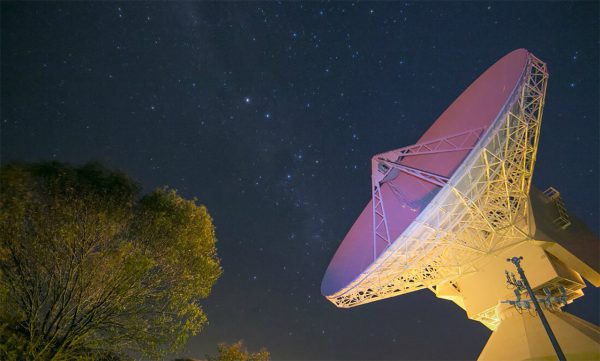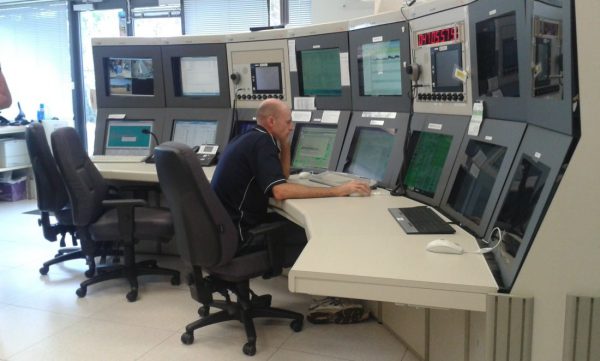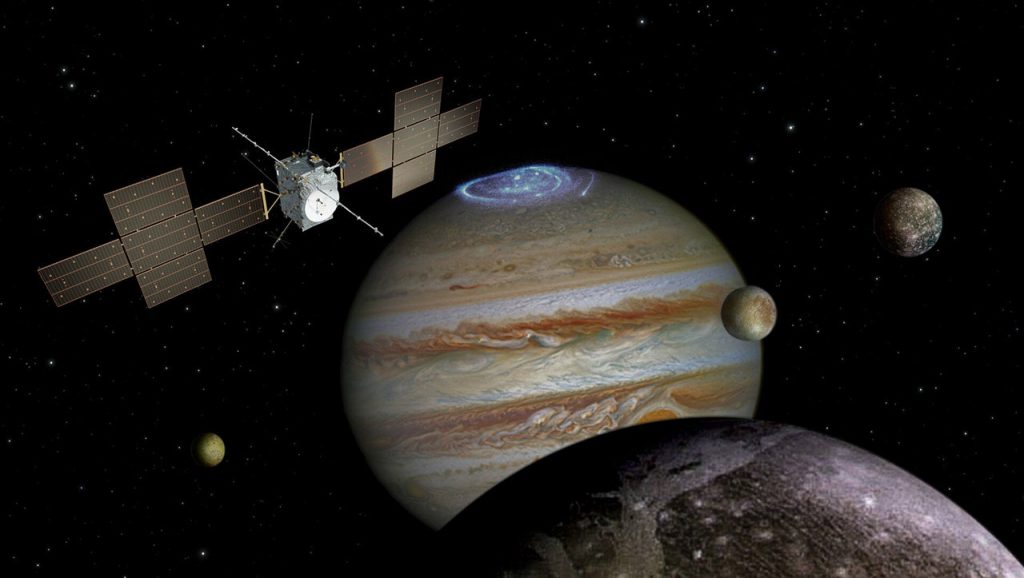WA Calling Jupiter

The Jupiter Icy Moons Explorer (JUICE) will reach the gas giant in 2029 – with help from WA. 120 km outside of Perth, I visited the unassuming New Norcia Deep Space Ground Station that sits quietly near the monastic town of the same name.
Operated by CSIRO, the European Space Agency’s station is equipped with one 35-metre dish and a sibling 4.5-metre dish for communicating with spacecraft after launch, in low earth orbit, in geostationary orbit and in deep space.
Deep Space
Receiving signals across billions of kilometres of space, New Norcia supports ESA missions including Rosetta, the Mercury mission BepiColombo, and Mars Express – with more are on the way. A second 35-metre dish is already under construction at New Norcia.

Super-cooled to almost absolute zero, the 620- tonne antenna will provide ESA with crucial communication links to its growing fleet of deep space missions, including the Jupiter Icy Moons Explorer, as well as the Hera mission for planetary defence, and the Solar Orbiter (SolO) mission. Because spacecraft like Rosetta and JUICE have limited antennas, deep space missions require big antennas – all the better for receiving large amounts of data.
New Norcia’s antenna is one of the largest in the world, with most of NASA’s Deep Space Stations using paltry 34- metre dishes. The farther out a spacecraft is, the bigger the dish needs to be. Suzy Jackson, Officer in Charge at the New Norcia Deep Space Ground Station, says the 35m antenna will be up and running before JUICE gets to Jupiter.
JUICE launches June 2022. After 88 months of travel and a little help from five different gravity assists (where a spacecraft uses the relative movement and gravity of a planet to accelerate), the spacecraft will reach Jupiter around October 2029. “A lot of observation is needed in weeks before gravity assists,” Jackson says, “they’re very precise manoeuvres”.
Accuracy

Jackson says the New Norcia Deep Space Ground Station uses its smaller, 4.5-m diameter antenna, NNO-2, to support Ariane, Soyuz and Vega launchers lifting off from ESA’s spaceport at Kourou, French Guiana. After launch, a spacecraft is tracked by various ground stations before it comes into range for New Norcia.
This can be terrifying. 90 minutes before launch, New Norcia switches from mains power to their enormous backup diesel generators, so there can be no risk of interruption. A spacecraft crosses the horizon in about 15 minutes – so there’s no room for mistakes.
JUICE will enter orbit around Jupiter’s moon Ganymede in 2032, becoming the first spacecraft to orbit a moon other than Earth’s. Keep watching the skies for JUICE’s launch next year and remember WA’s important role in the mission.





